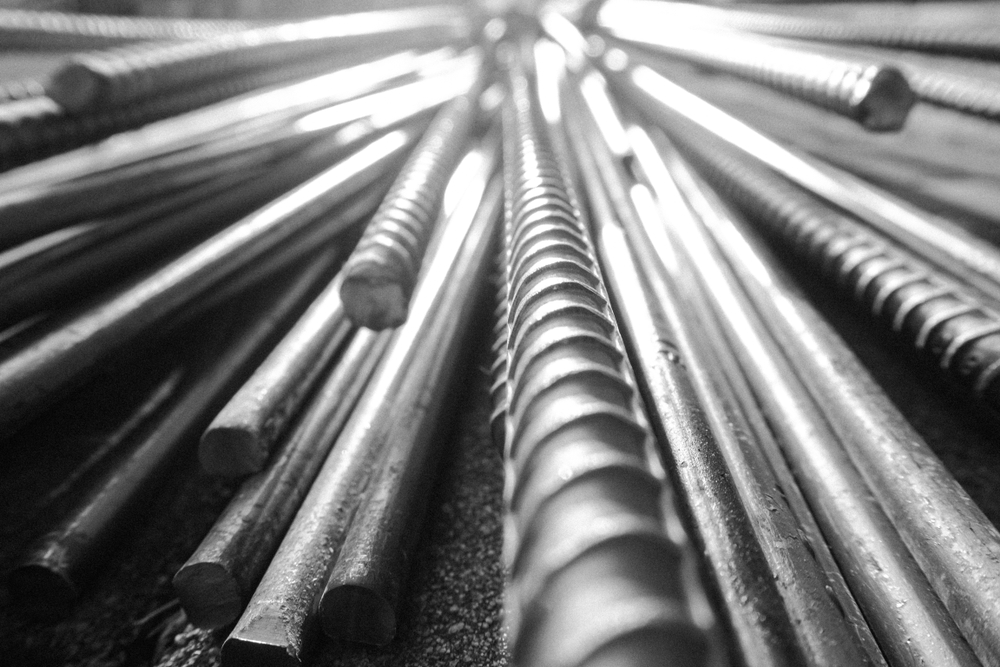
Sweden has shown it has potential to become a pioneer in green steel production, says Wood Mackenzie. Sweden’s steel industry produced 4.4 million tonnes (Mt) of crude steel (3.4 Mt of finished steel) in 2020, representing 3.2 per cent of crude steel production (2.5 per cent of total finished steel production) across EU-27 and the UK.
Despite its modest share in the region’s steel production, Sweden has been making headlines by being a frontrunner in the global race to produce fossil fuel-free steel at a commercial scale. At least two initiatives by HYBRIT and H2 Green Steel, separately, have been launched with a target to manufacture 10 Mt of crude steel annually by 2030.
Wood Mackenzie principal analyst Sohaib Malik said: “Sweden’s decarbonisation drive in the steel industry signals substantial cost reduction potential for green steel over the coming decades, due primarily to declining cost of renewables and green hydrogen and increasing carbon prices.
“The country boasts Europe’s largest iron ore reserves and excellent renewable energy resources – two primary prerequisites for the production of green hydrogen and decarbonised crude steel.”
At a levelised cost of electricity at US$30 per megawatt-hour (MWh), wind power is a highly economical source of power generation in Sweden today. Further cost reductions are expected with better financing structures for onshore wind, lower capex for onshore and offshore installations, technological optimisation for asset management and state support for offshore grid infrastructure.
Alkaline electrolysis technology is most likely to play a key role in green hydrogen production which is crucial for Sweden’s green steel production. Compared to proton exchange membrane electrolysis, it has a lower capex of US$925 per kilowatt today and it is expected to halve by 2030, enabling a levelised cost of US$1 per kilogram of green hydrogen using onshore wind power.
Senior research manager Mingming Zhang said: “We find that a combination of hydrogen from alkaline electrolysis and renewable energy from onshore wind will produce the most cost-effective green crude steel in Sweden.”
Assuming a carbon price of US$100/t, green steel producers could benefit from US$85/t of carbon credits. Better financing models for onshore wind and 48% lower capex for alkaline technology in 2025 yield steel cost of US$360-390/t in carbon price scenarios ranging between US$50/t and US$150/t.
Zhang added: “Producing green steel with cost parity to conventional steel in the 2020s is quite possible if we use natural gas-based direct reduction iron and electric arc furnace steelmaking process as a baseline.”
Although the HYBRIT and H2 Green Steel projects are backed by industrial heavyweights, some critical parts of the proposed value chain rely on technological solutions that have yet to be tested at an industrial scale, posing considerable challenges that must be overcome to deliver on the promises. Notably, both ventures have yet to find solutions for secure and economical storage of hydrogen and demonstrate their technology’s commercial success.
Malik said: “Global steel demand will reach 1,872 Mt a year by 2030, 6.4 per cent higher than in 2020. The case for green steel will grow stronger as its cost reduces. In addition, the success of green hydrogen to produce green steel at a commercial scale will justify the enthusiasm around its ability to accelerate decarbonisation.”








